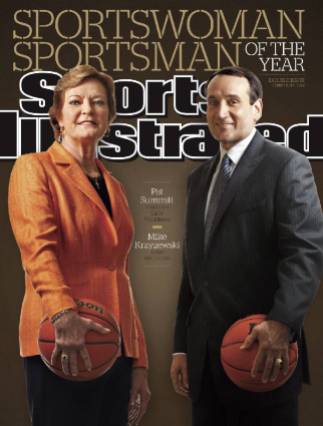

From Bon Appétit’s website: “And good luck locating Indian food as authentic as what our eBay and Google guests enjoy at our cafés at any other workplace.”
Popular media is determined to present the national student body as a generation of spoiled brats. Pundits cherry-pick and decontextualize stories from student papers, presenting individual campus struggles to a scandalized public as symptoms of the collapse of moral character. It is no wonder that activists at the University of Missouri attempted to exile the press from their fall 2015 demonstrations. Journalists are not what they were in the 1960s. The few who have the resources, drive and ability to report a story are far outnumbered by the flock of sneering bloggers who supply Facebook and Twitter feeds with rhetorical pink slime.
Take recent stories about student questioning of Oberlin College’s dining options. Oberlin’s dining services are provided by Bon Appétit Management Company, a food services corporation that brands itself as socially progressive through its use of “locally sources/humanly raised” product, etc. They operate “650 cafés in 33 states, with dozens of marquee clients.” Students complained that much of the international fare on Appétit’s menu is more appropriative than authentic. (One of the offending menu items is a pulled pork sandwich served on ciabatta with cold slaw, presented as Banh Mi). They asked to sit down with those designing the menu, in the interest of improving it. Their complaint to the campus dining service was reported by the school’s paper, the Oberlin Review. That article led to a New York Post headline which declared, “students at Lena Dunham’s college offended by lack of fried chicken.”
This is not an unusual path in the development of a story. College campuses have long served as inspiration for collective finger wagging. Student art projects, sit-ins, course ideas, new majors, experimental pedagogy can be trusted to make headlines during a slow week.
One might see in this story an interesting conversation between international students, Oberlin staff and Bon Appétit, a national food service corporation that uses social consciousness as a marketing tool. One might spy a story about the flattening of campus culture by the delocalized corporate management of student life. Life at one liberal arts college looks increasingly like life at every other liberal arts college because, nationally, a handful of corporations produce all aspects of student life. These corporations promise to make life on college campuses “better,” but in doing so they make it more uniform. That uniformity includes the translation of diversity into easily produced and consumed menu-items. This, the use of diversity as a marketing device, was actually the focus of Clover Lin Tranh’s November 6 story for The Oberlin Review. The exchange between students and staff at Oberlin is, in fact, typical of college life. For people working in student affairs, it’s hardly newsworthy. It is a basic workday.
In their earnest idealism, student activists are vulnerable to judgment from a cynical public. Today, the latter is more interested in the problem of student entitlement than it is in the crisis in public education. If Oberlin students seem “spoiled,” it is because the overwhelming majority of students in this country are served salt-cured ambiguous animal protein soaked in grease — and the public accepts this, just as it accepts in strip-mining of the national curriculum and the degradation of teaching. It is pink slime everywhere in our schools — those of us who teach college are now used to students who have never been inside a library, and whose progress in their degrees is hampered by their need for remedial writing and math. Those remedial needs, by the way, are generally met by adjuncts — by teachers working part-time with no health or retirement benefits, who have no say in campus governance and no pathway for career advancement.
One might understand individual stories of student activism as confrontations with the difficulty of recognizing and working from difference. Differences in cultural practices of hospitality are an important threshold for conversations about race, ethnicity, nationality and religion — especially within the context of a residential campus. One might assume that students are translating into collective action some of the material they are learning in the classroom, and that they want to make the campus a more interesting place to live. Instead, popular media dismisses students as entitled monsters.
Teachers and staff members who work with students know that the college campus has always been, by definition, a community dedicated to struggle — education is, always, hard work, and it is a collective undertaking. Each class of students will hold the campus to a new, different, and evolving standard calibrated to their needs and ambitions. Faculty and staff negotiate with these needs and ambitions. That is our job. Today that job includes suffering through the blunt force of popular media’s racism, which would have the reader believe that earnest anti-racist activism is the real problem, and not the brutality of the profoundly racialized forms of class warfare that render student struggles for equality into a form of entitlement.
NOTE: Normally I write about sports here but every now and again I have other thoughts.






